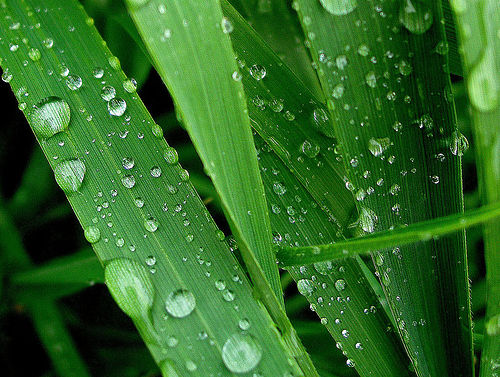Having a prestigious looking lawn when there is a lack of rainfall, is not possible without water from irrigation to maintain proper turf color. Improper watering can lead to turf issues such as diseases, invasion of weeds and can cost you hundreds of dollars in wasted water. Following the below lawn watering tips will maintain a healthy lawn and will save you money and time.
When to water?
The best time to water a lawn would be in the early morning hours from just before sunrise up until around 10:30am. If you are fortunate to have an automatic underground sprinkler system, this is easily accomplished with proper programming. However, if you are like most homeowners and need to manually water your lawn this can create challenges with work and school schedules.
The reasons why it is best to water a lawn in the morning hours are as follows:
- Dry Time – Watering in the morning will give your lawn plenty of time to dry over the course of the day before nightfall. This is extremely important during the summer months when day temperatures and humidity added together sum to 150 or greater. At these times lawns are most susceptible to lawn diseases and wet lawns into the evening hours adds to the potential possibility of fungal problems.
- Wind Conditions – While certain days are windier compared to others, generally the morning hours are less windy than the afternoon or evening. Trying to water a lawn with windy conditions is always a challenge.
- Evaporation – If you made the commitment to water your lawn that is exactly what you want to do and watering a lawn in the afternoon leads to moisture loss due to evaporation.
As with everything there are always exceptions and the above general guidelines are for established lawns. If you lawn has been recently seeded, you need to water as often as necessary to keep the soil moist, which may be anywhere from once to multiple times per day.
How much water does my lawn need?
- Based on soil conditions and types of turf grasses grown in this area, your lawn will typically require 1 inch of water per week either from rainfall or irrigation. During the summer months this may increase to as much as 1.5” – 2”.
- One of the easiest ways to tell if your lawn has enough moisture is to take a screwdriver with a blade of at least 6” and probe it into the ground. If you can’t push the screwdriver easily all the way down to the handle then your lawn needs watering.
- It is best to give your lawn one weekly deep soaking as oppose to several short watering schedules. This will encourage the root system to grow deeper and stronger and not be dependent on daily or every other day watering.

